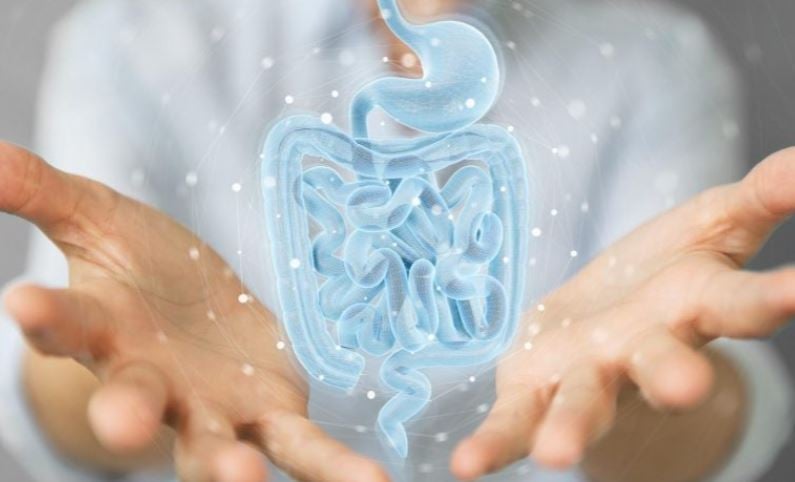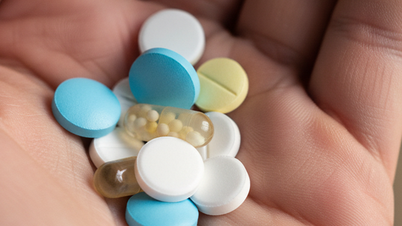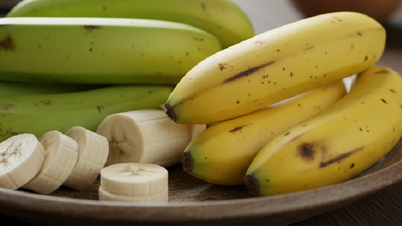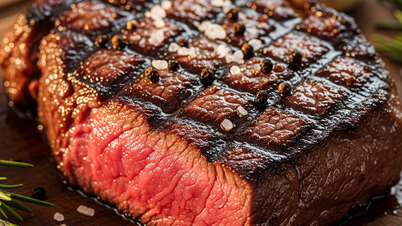
Scientists in Canada found that gut bacteria cause liver dysfunction, but blocking the process in the first place significantly improved metabolic health in mice. Source: Shutterstock
The study, published in the journal Cell Metabolism, found that the molecule D-lactate, produced by gut bacteria, can enter the circulatory system and stimulate the liver to overproduce glucose and fat. The team from McMaster University, Laval University and the University of Ottawa successfully designed a method to keep the molecule in the gut, which significantly improved blood sugar regulation and reduced fatty liver in obese mice.
“This is a new twist on the classic metabolic pathway,” said lead author Professor Jonathan Schertzer. “For almost a century, we have known about the Cori cycle, where muscle and liver exchange lactate and glucose. What we have discovered is a new branch of this cycle, where gut bacteria also participate in controlling metabolism.”
The Cori cycle was first demonstrated by Carl Ferdinand Cori and Gerty Theresa Cori in 1947, which earned them the Nobel Prize in Physiology or Medicine. According to this classic work, lactate produced by muscles provides energy for the liver to produce glucose, which is then returned to the muscles to maintain activity. However, new research has found that in addition to the familiar L-lactate, obese people and even obese mice also have high levels of D-lactate in their blood - a molecule derived from intestinal bacteria that causes a sharp increase in blood sugar and accumulation of liver fat.
To combat this, the team created a “gut matrix trap”—a safe, biodegradable polymer that binds and holds D-lactate in the gut, preventing it from being absorbed into the bloodstream. Tests on mice showed that those fed the “trap” had lower blood sugar levels, significantly reduced insulin resistance, and less liver inflammation and fibrosis, all without changing their diet or weight.
“This is a completely new approach to treating metabolic diseases like type 2 diabetes and fatty liver,” said Professor Schertzer, who is currently a member of the Metabolic, Obesity and Diabetes Research (MODR) Centre, Farncombe Family Digestive Health Research Institute at McMaster University, and holds the Canada Research Chair in Metabolic Inflammation. “Instead of targeting hormones or the liver directly, we block the bacterial fuel source at the outset, before it can cause harm.”
Source: https://doanhnghiepvn.vn/cong-nghe/kham-pha-phuong-phap-moi-chong-tieu-duong-dung-bay-vi-khuon-de-ha-duong-huet-va-bao-ve-gan/20250829054828366


![[Photo] Prime Minister Pham Minh Chinh chairs the Government's online conference with localities](https://vphoto.vietnam.vn/thumb/1200x675/vietnam/resource/IMAGE/2025/10/5/264793cfb4404c63a701d235ff43e1bd)


![[Photo] Prime Minister Pham Minh Chinh launched a peak emulation campaign to achieve achievements in celebration of the 14th National Party Congress](https://vphoto.vietnam.vn/thumb/1200x675/vietnam/resource/IMAGE/2025/10/5/8869ec5cdbc740f58fbf2ae73f065076)




















































![[VIDEO] Summary of Petrovietnam's 50th Anniversary Ceremony](https://vphoto.vietnam.vn/thumb/402x226/vietnam/resource/IMAGE/2025/10/4/abe133bdb8114793a16d4fe3e5bd0f12)

![[VIDEO] GENERAL SECRETARY TO LAM AWARDS PETROVIETNAM 8 GOLDEN WORDS: "PIONEER - EXCELLENT - SUSTAINABLE - GLOBAL"](https://vphoto.vietnam.vn/thumb/402x226/vietnam/resource/IMAGE/2025/7/23/c2fdb48863e846cfa9fb8e6ea9cf44e7)





































Comment (0)